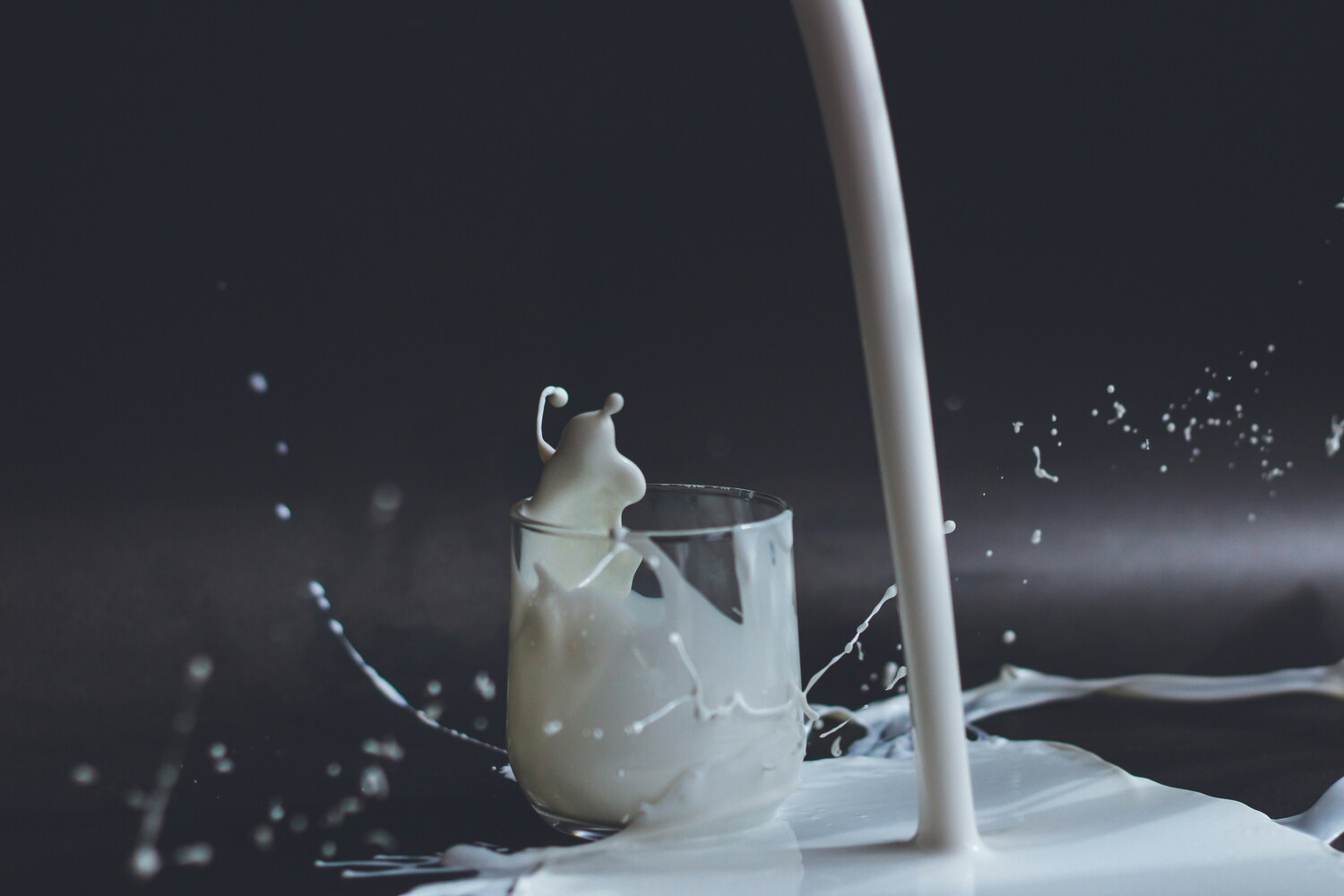There’s something comforting about a warm latte on a chilly morning. It’s creamy and soothing, and for many, it feels like a small luxury that sets the tone for the day. But behind that familiar swirl of milk in your cup lies a lesser-known truth—one that the dairy industry isn’t eager to spotlight. While the image of fresh milk being poured straight from a local farm may live in our minds, the reality of how that milk gets to your coffee shop is far more complicated and, in some cases, unsettling.
Dairy processing isn’t just about pasteurization and packaging. It’s a system riddled with practices that are far more industrial than pastoral, and the journey from cow to cappuccino might leave you with a sour taste.
Here are seven little-known secrets about dairy processing that even the most devoted latte lovers might not know and may not want to.
Milk Isn’t Always Fresh, Even When It Says It Is
Most consumers assume the milk in their lattes came from a local farm just days ago. In reality, milk can legally sit in refrigerated storage for weeks before being processed and distributed. Even after pasteurization, ultra-pasteurized milk can remain on shelves for up to 70 days. It’s not necessarily unsafe, but the idea of “fresh” milk is often more marketing than fact. This delay can also degrade flavor and nutritional value, something latte drinkers rarely consider as they sip.
Dairy Processors Often Mix Milk from Hundreds of Farms
The jug or carton your café uses may look like it came from one happy cow on a picturesque pasture, but the truth is far more industrial. Most milk is pooled together from hundreds of farms, mixed, and processed in massive facilities. There’s no traceability to a single source. This makes quality control difficult and introduces the risk of cross-contamination from poorly maintained farms that may still be part of the supply chain. Transparency becomes nearly impossible.
Pus in Milk? It’s More Common Than You Think
It’s a grim detail the dairy industry would rather you never Google. Due to the intense physical demands of industrial milking, many cows develop mastitis, a painful udder infection. This leads to the presence of somatic cells in the milk, which are essentially pus cells. While the FDA sets limits on how many cells are acceptable, many countries have stricter standards than the U.S. The milk in your latte is considered “safe,” but it might contain more biological matter than you bargained for.
Skim Milk Is Often a Byproduct, Not a Health Choice
Think choosing skim milk for your latte is a health-conscious move? You might be surprised to learn it’s not just about fat content. Skim milk is often a byproduct after the valuable cream is extracted for higher-profit items like butter or heavy cream. Instead of discarding it, processors repackage it as a “low-fat” alternative. It’s less about your waistline and more about reducing waste and increasing margins.

Dairy “Enhancements” Aren’t Always Disclosed
Many processors quietly add ingredients to improve taste, texture, or shelf life, especially in milk used for commercial purposes like lattes. These can include synthetic vitamins, stabilizers, and emulsifiers that aren’t always obvious to consumers. In some cases, reconstituted milk powder is used in milk-based coffee drinks, particularly at high-volume cafés. It’s technically milk, but it’s far from the fresh, frothy pour you expect.
The Hormone Issue Is Still Murky
Despite growing consumer backlash, recombinant bovine growth hormone (rBGH) is still legal in the U.S. This synthetic hormone is used to increase milk production in dairy cows, though many major processors now claim to avoid it. However, labeling is inconsistent, and there’s no way to confirm whether all contributing farms follow the same hormone-free practices. Even “rBGH-free” labels can’t guarantee that your milk didn’t come from a cow that was treated at some point in its lifetime.
The Cruelty Behind the Cream
While this might not change how your latte tastes, it may change how it feels to drink it. The dairy industry often paints a picture of ethical animal care, but undercover investigations and industry whistleblowers have revealed a darker side. Cows are frequently kept in cramped conditions, subjected to repetitive artificial insemination, and separated from calves within hours of birth. Many of these practices are standard, even on so-called “family farms.” Supporting animal welfare often requires seeking out certified ethical dairy sources—something not every coffee shop offers.
Awareness Is The First Step
Your morning latte may seem like a harmless indulgence, but when you trace the journey of the milk it contains, you begin to see how far removed the dairy experience has become from its advertised simplicity. The good news is that with increasing consumer awareness, change is possible. Some cafés now prioritize organic, hormone-free, or plant-based alternatives. And more customers are beginning to ask questions—not just about their coffee beans but about the milk that completes the drink.
If you love your morning latte but feel uncomfortable with what goes into it, you don’t have to give it up. Instead, consider asking your local barista about their dairy source. Or explore high-quality plant-based options like oat or almond milk from brands committed to clean ingredients and transparency. There are ways to enjoy your ritual without contributing to the worst parts of the system.
Have you ever asked your barista where their milk comes from or considered switching to a non-dairy option? What matters most to you when it comes to your coffee routine?
Read More:
Could Your Favorite Candle Be Wrecking Your Health? The Truth About “Clean Scents”
3 Reasons Investing In Your Health Is More Important Than Ever
Riley is an Arizona native with over nine years of writing experience. From personal finance to travel to digital marketing to pop culture, she’s written about everything under the sun. When she’s not writing, she’s spending her time outside, reading, or cuddling with her two corgis.
Read the full article here














